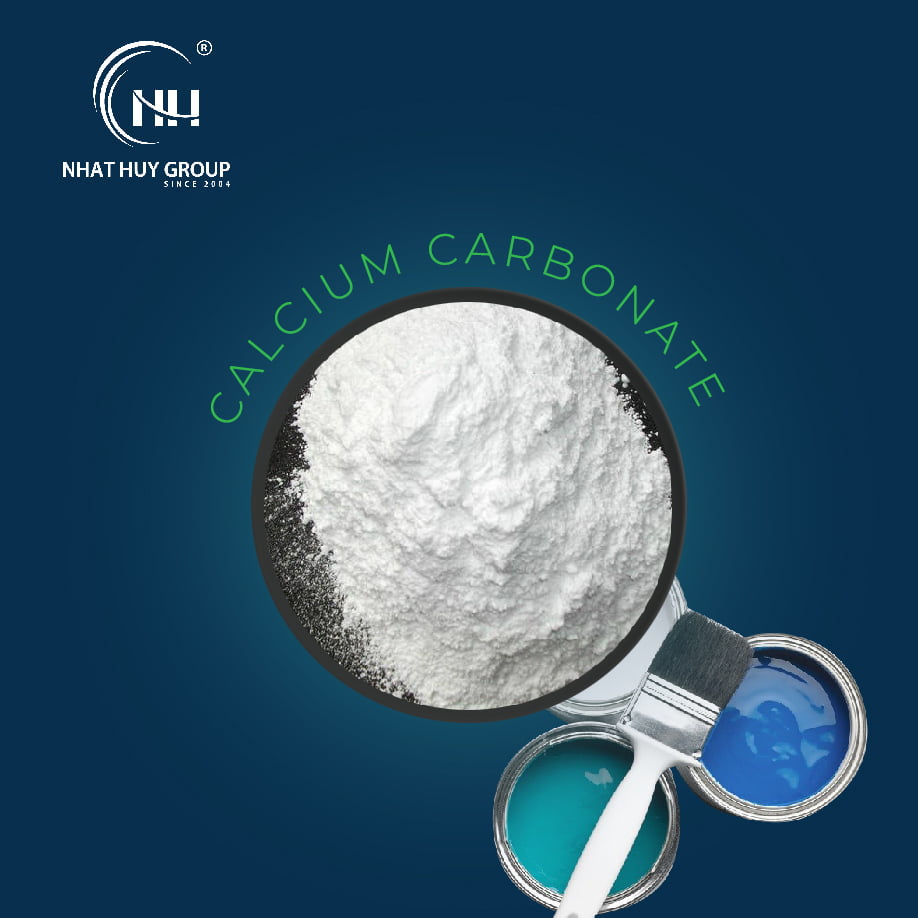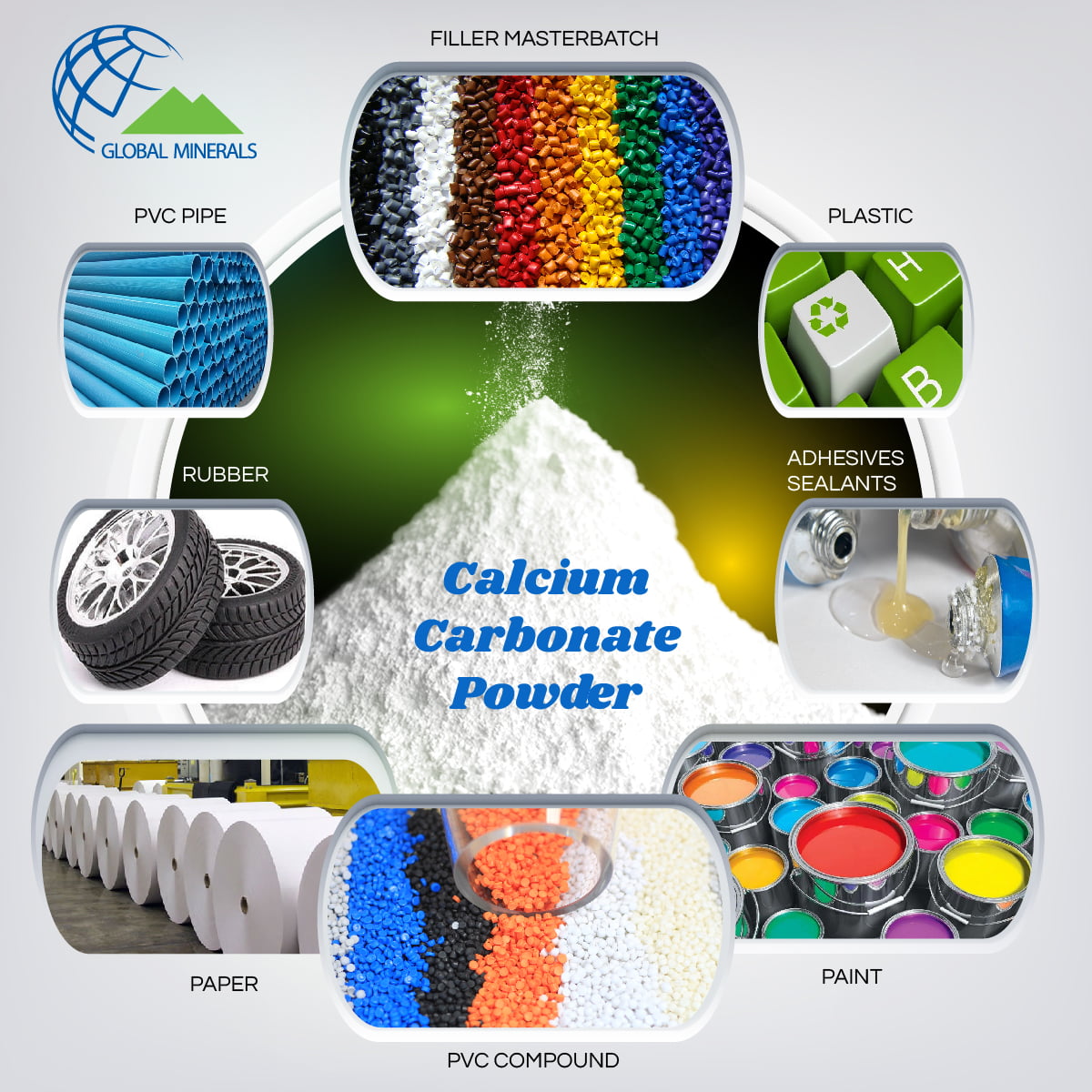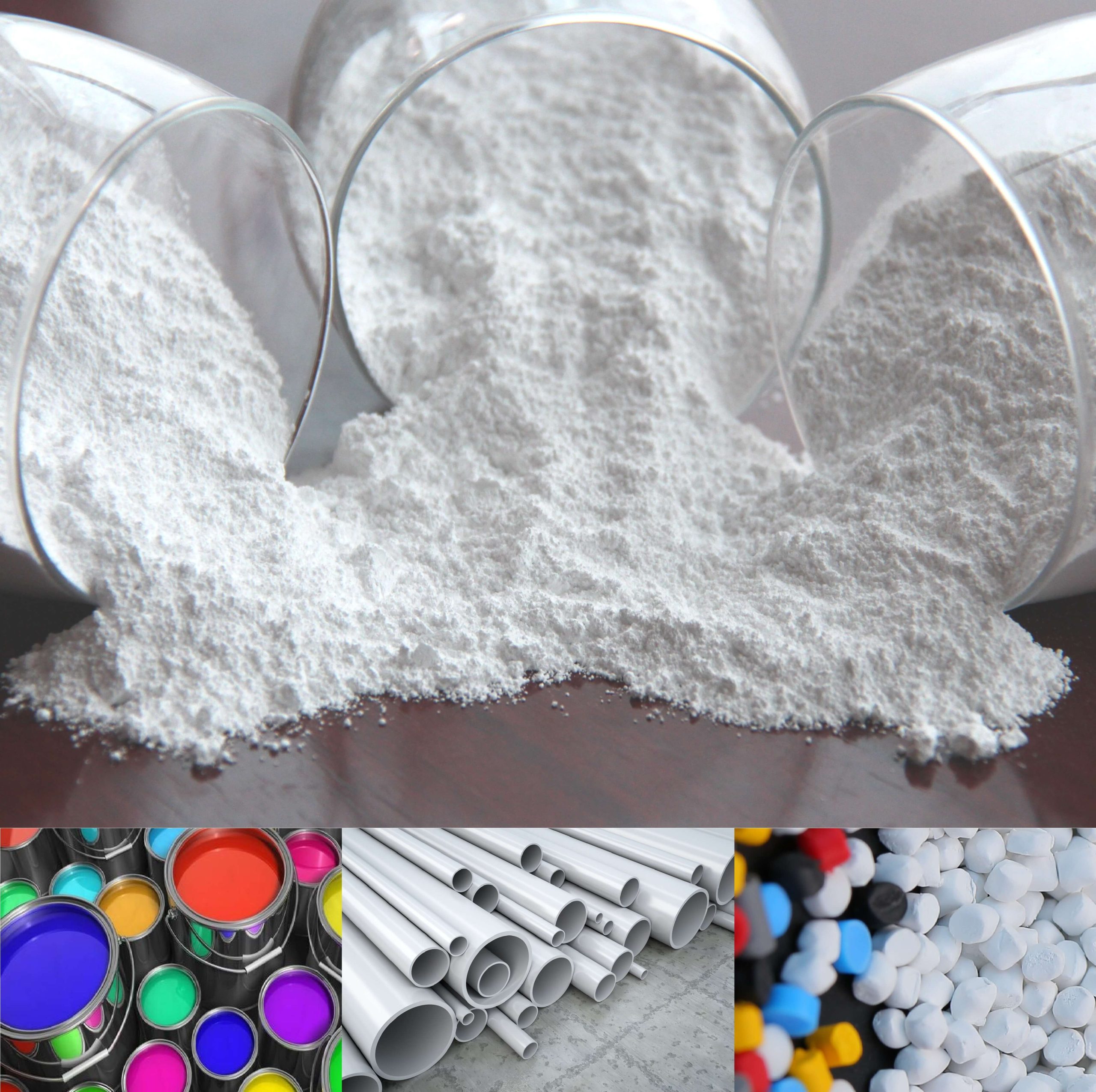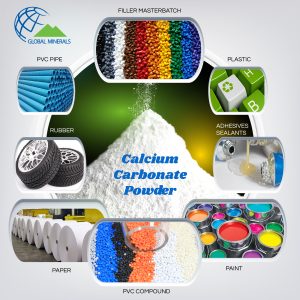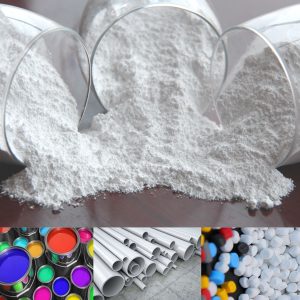The addition of calcium carbonate to paint can cause the relatively dense lithopone to stay in suspension and not sink to the bottom. It can increase the whiteness and luster of the paint film without reducing the covering ability. These performance-enhancing qualities have ensured the paint industry’s large-scale acceptance of calcium carbonate. It can prevent settling in latex paints and reduce the dispersant needed. Using calcium carbonate that has been activated by treatment with a chelated paint dispersion and coupling agent can significantly increase the paint’s color intensity and reflection, enhancing the luster and improving covering ability, abrasion resistance, adhesion, impact resistance, and flexibility.
Calcium carbonate is used even more extensively in the aqueous paint industry. It can prevent pigment settling, promote good dispersion, and improve luster. Typically, 20%-60% calcium carbonate is used in aqueous paints.
Calcium carbonate is also widely used with very high dosages (up to 60%) in skim coats, wall plaster powder, and putty as a filling material & whiteness improvement.

